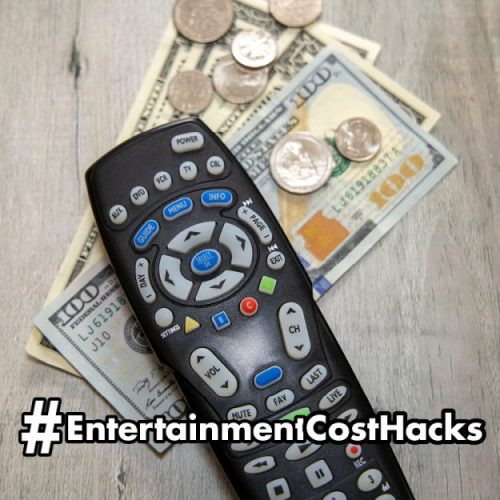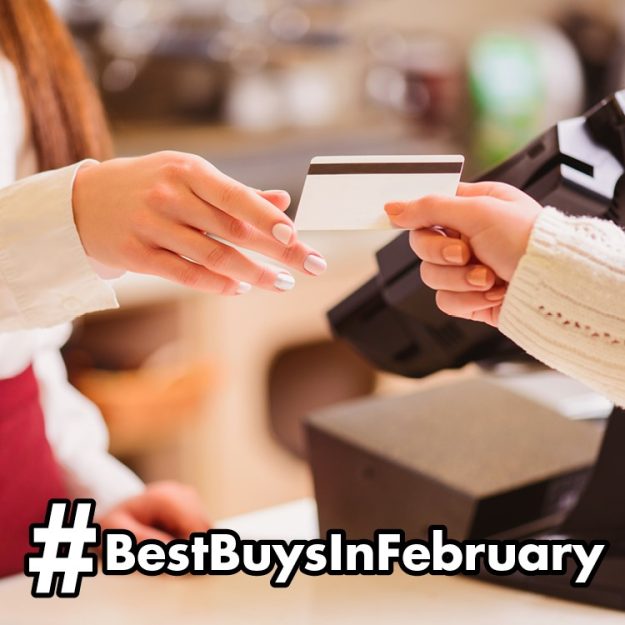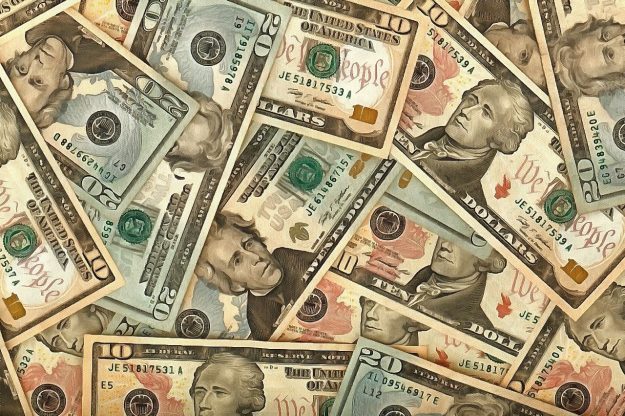How Can I Save on Entertainment Costs?
Q: In this time of high inflation, how can I save on entertainment costs?
A: With a bit of creativity and pre-planning, you can trim your recreation budget without feeling pinched. We’ve listed eight ways to save on entertainment costs.
1. Attend amateur sporting events
Instead of spending big on professional sporting events, get your fix at local high school or college games. You’ll get the same excitement and a game featuring high talent without the high price tag.
2. Volunteer
Volunteering your time and service at local organizations provides an outlet and the opportunity to meet new people. Reach out to local soup kitchens, animal shelters, food banks and hospitals to see how you can help.
3. Turn a hobby into income
If you’re crafty, you can make money through your hobby by selling your creations on sites like eBay and Etsy. Use some of the money you earn to purchase new supplies and improve your skills.
4. Workout at home
Get your workout at home by checking out workout videos on YouTube. You can also get your heart pumping by going for a run in your neighborhood.
5. Spend less on dining out
Don’t visit a restaurant without checking for coupon codes and discounted gift certificates on sites like Restaurants.com. It’s also a good idea to dine out less often and make meals at home to save money.
6. Buy season passes
If you find yourself often visiting the same entertainment center, consider getting a season pass. These may cost as little as two one-time tickets.
7. Attend local art shows
Check out local galleries for free events and shows for a night of fine art. Some towns also host monthly art walks featuring several galleries on display at no cost to the viewer.
8. Catch a performance at a local college
If you live near a college town, find out about performances and concerts they may be hosting. Lots of performers include colleges in their tours. Score an inexpensive ticket to a big-name concert by attending such an event.
Don’t let inflation deflate your fun! Use these tips to save on entertainment costs.



















